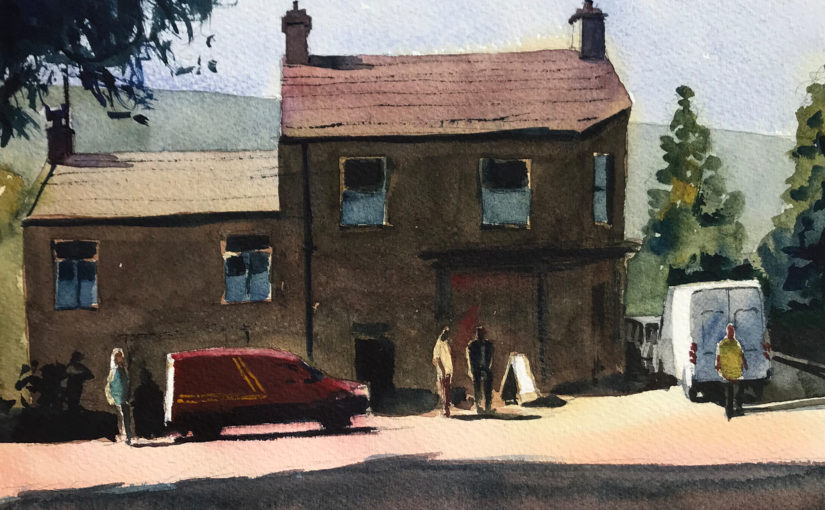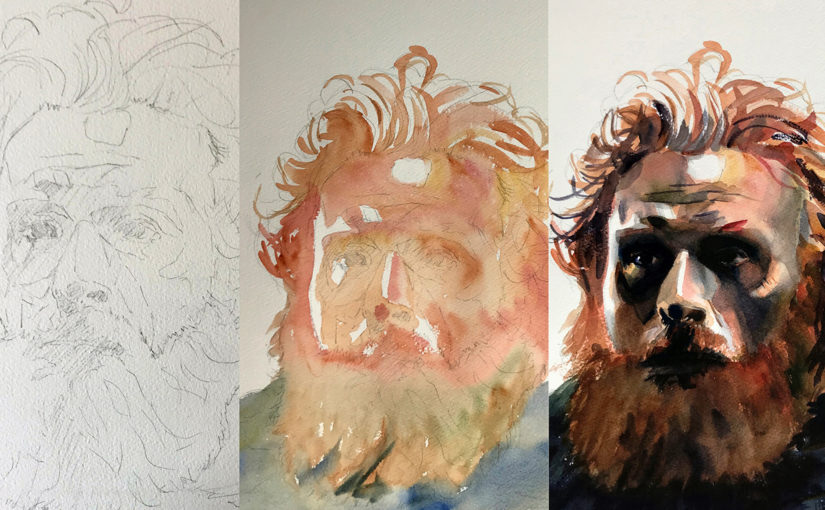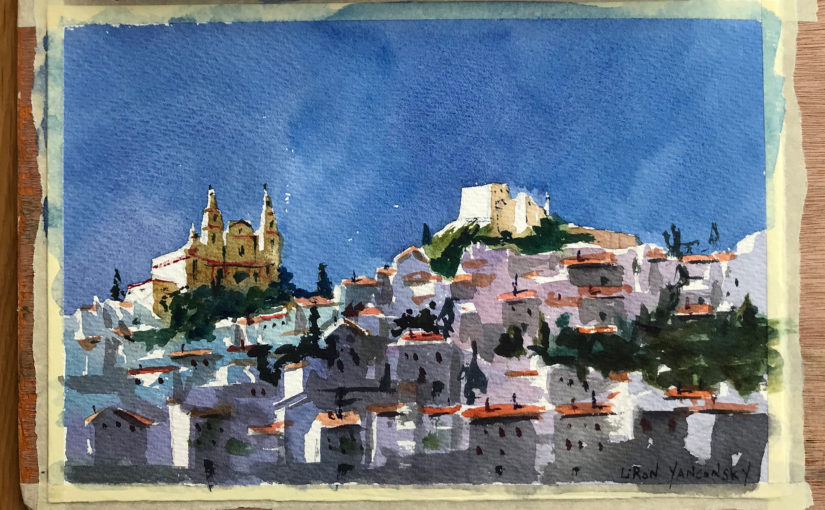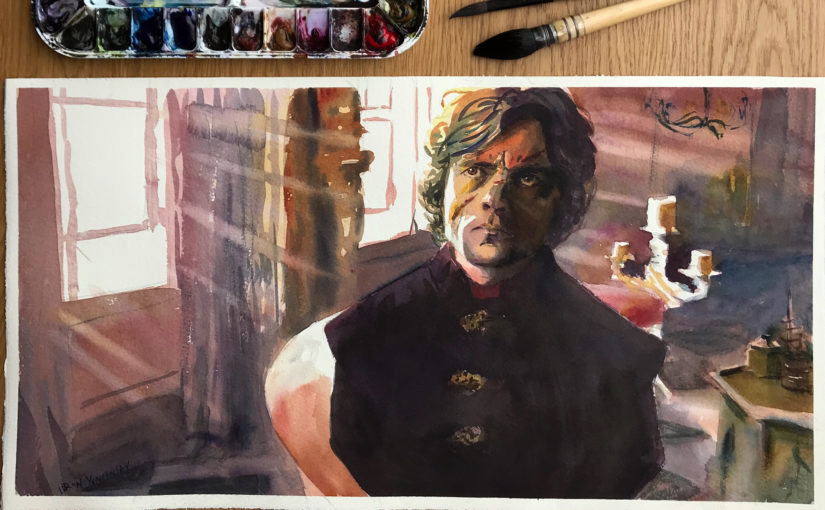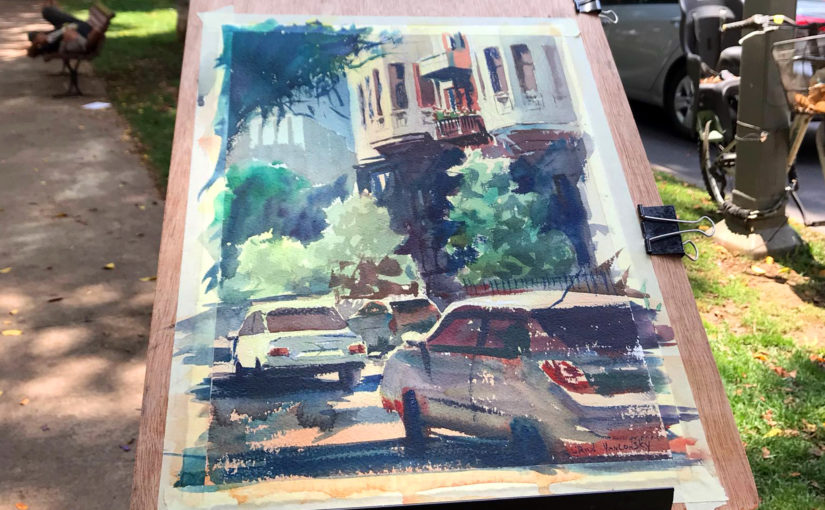Podcast: Play in new window | Download
Want to learn how to sell artwork?
I’m starting to sell mine at a local art fair here in Tel Aviv, in the Nachalat Binyamin street.
This is an art fair for hand-crafted art only, so no prints or machine made items. It’s backed by the city’s municipality and has been active for more than 30 years, if I’m not mistaken.
My first time there will be this Friday (17/05/2019), and I’m very excited to get started!
Why I Joined The Fair
I submitted my work for the fair for two main reasons.
1. I wanted to experience selling my artwork, face to face.
2. I wanted to start “getting” rid of the tons of paintings I have here (;
Selling Artwork Mistakes
Today I want to the fair (active every Tuesday and Friday) to do my homework and perhaps gain some insights.
I got to see many of the cliches of artists who aren’t good salespeople. I noticed two main issues:
1. Too pushy – Some booths I simply stopped by and started taking a look. The artist would immediately start talking about their art. This is nice to hear, had I asked a question. But I didn’t.
I’d much rather the salesperson to ask ME how my day is, or just do light chit chat.
I didn’t ask about the type of wood used in the artworks, and frankly didn’t care haha. Not to be mean – but I’m honestly less interested in the particular type of crafts this salesperson had. I’m sure there are many others who would though.
2. Too laid back – this was probably the most common theme of the fair. I’ve seen so many artists simply sitting behind their table, waiting for a client to drop by and make the sale for them.
I don’t think you should jump people who pass by, but some presence needs to be made. I’ve seen several booths (that actually had beautiful artworks in them) that no one stopped by, simply because the salesperson was very passive.
Selling Artwork – What I Hope to Get
What I hope to get out of this is to improve my sales skills. I want to become a better salesperson, especially face to face.
I will definitely keep you updated on how it goes.
Artist Corner – Daniel Marshall
Today I talked about Daniel Marshall, an American watercolor painter and tattoo artist!
I became familiar with his work thanks to one of my followers on YouTube, directing me to check it out.
If you love the same artists as me, you’ll probably immediately notice how Dan’s work very closely-resembles the work of Joseph Zbukvic.
I may be wrong about this, but I believe he also studied under him, at some point.
I recommend you check out his website and artworks here: Daniel Marshall
And Here’s where you can find me
Check out my YouTube Channel – Liron Yanconsky
Or ask me questions on Instagram – @LironYanIL or Snapchat – @LironYan3
I hope you enjoyed this one. Take care, and we’ll talk again really soon,
— Liron

